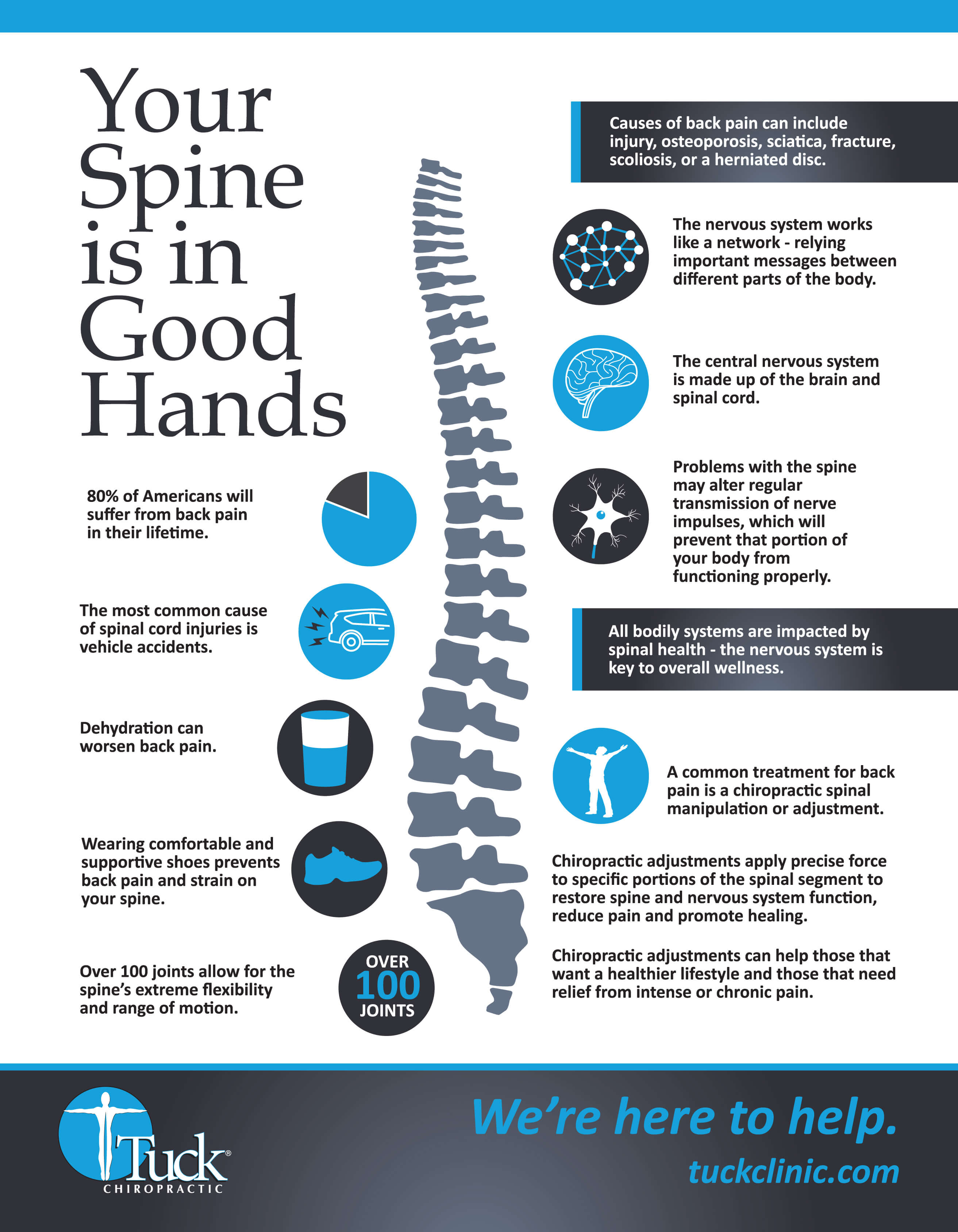Keeping correct stance isn't nearly sitting up straight; it has to do with aligning your body in a way that sustains your spinal column and decreases the threat of back pain. The means you rest, stand, and move throughout the day can substantially affect your spine wellness. However just how precisely can you guarantee great alignment regularly, also throughout busy days full of numerous tasks? Allow's dig deeper right into the subtle yet impactful changes you can make to your daily routine to keep your back happy and healthy.
Relevance of Appropriate Position
Appropriate pose is important in preserving a healthy back and stopping pain. When you rest or stand with great position, your spinal column remains in placement, lowering stress on your muscle mass, tendons, and joints. This placement allows the body to distribute weight uniformly, avoiding extreme stress on specific locations that can result in discomfort and discomfort. By keeping your spinal column properly aligned, you can additionally improve your breathing and food digestion, as slouching can compress body organs and restrict their functionality.
Furthermore, keeping excellent position can boost your total appearance and self-esteem. When you stand tall with your shoulders back and head held high, you emanate self-confidence and show up even more approachable. Great pose can also make you really feel more invigorated and alert, as it promotes appropriate blood circulation and permits your muscles to function successfully.
Incorporating appropriate position into your day-to-day regimen, whether sitting at a desk, strolling, or exercising, is vital for preventing back pain and advertising total health. Remember, gua sha chiropractic in exactly how you hold yourself can make a considerable difference in how you really feel and work throughout the day.
Common Postural Mistakes
When it concerns preserving excellent position, lots of individuals unknowingly make typical errors that can contribute to pain in the back and pain. Among navigate to this web-site of the most widespread errors is slumping over or hunching over while resting or standing. This placement places extreme stress on the spine and can lead to muscle discrepancies and pain in the future.
One more common mistake is overarching the lower back, which can flatten the all-natural contour of the spine and create discomfort. Additionally, going across legs while sitting may feel comfortable, however it can develop a discrepancy in the hips and pelvis, bring about postural issues.
Utilizing a pillow that's also soft or too solid while resting can additionally affect your alignment and contribute to neck and back pain. Last but not least, continuously craning your neck to take a look at displays or readjusting your position regularly can strain the neck and shoulders. Being mindful of these typical postural errors can help you maintain far better placement and decrease the risk of pain in the back.
Tips for Correcting Alignment
To boost your placement and reduce back pain, it's important to concentrate on making small adjustments throughout your daily regimen. Start by being mindful of your position. When sitting, ensure your feet are flat on the floor, your back is straight, and your shoulders are loosened up. Prevent slouching or leaning to one side. Usage ergonomic chairs or cushions to support your reduced back.
When standing, disperse your weight uniformly on both feet, keep your knees slightly bent, and embed your hips. Involve your core muscle mass to sustain your spinal column. Take breaks to extend and walk if you have an inactive task. Incorporate exercises that strengthen your core and back muscular tissues, such as planks or bridges.
While resting, utilize a cushion that supports the all-natural contour of your neck to keep correct spine alignment. Prevent sleeping on your stomach, as it can stress your neck and back. By bearing in mind these tips and making small modifications, you can gradually correct your positioning and relieve pain in the back.
Verdict
Bear in mind, preserving good position is crucial to avoid neck and back pain and advertising back health. By being mindful of your alignment, dispersing weight evenly, and involving your core muscle mass, you can decrease strain on your back and minimize the threat of pain and injury. Include ergonomic support, take normal breaks to extend, and enhance your core and back muscles to preserve appropriate positioning throughout the day. Your back will thanks for it!
